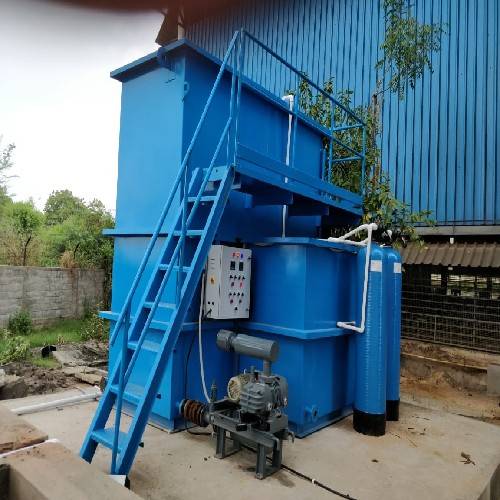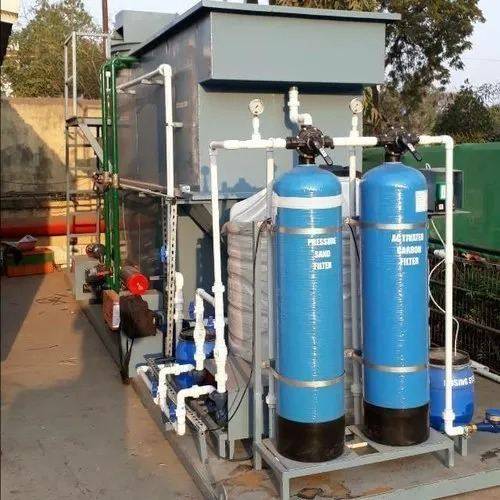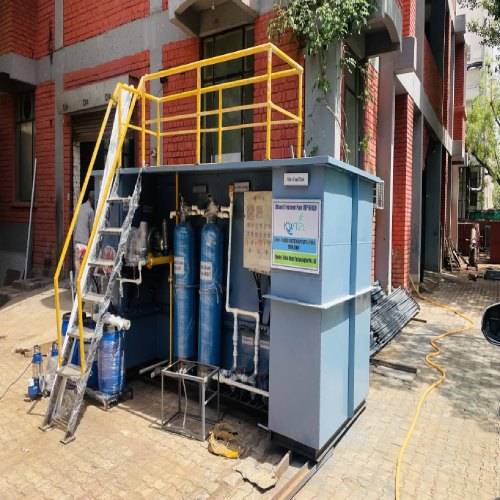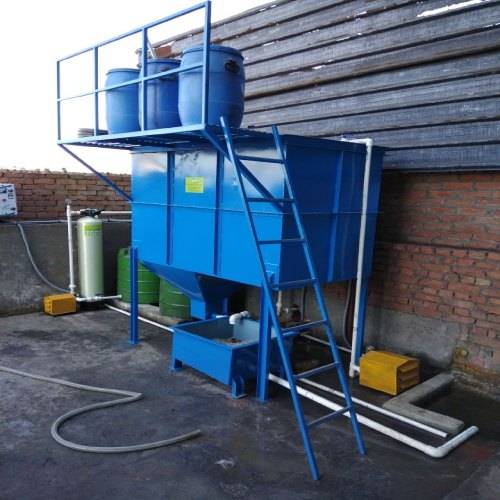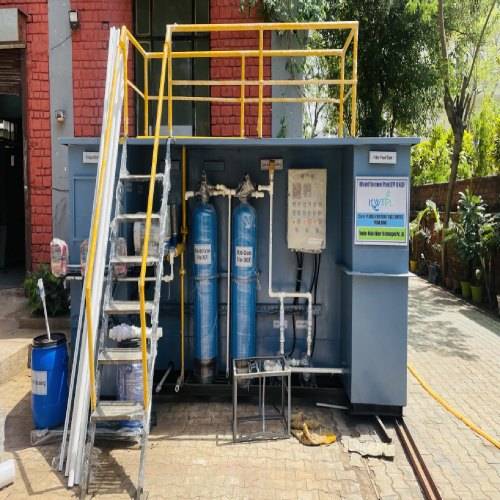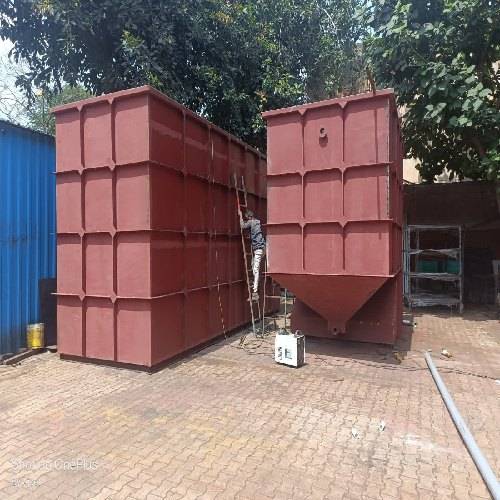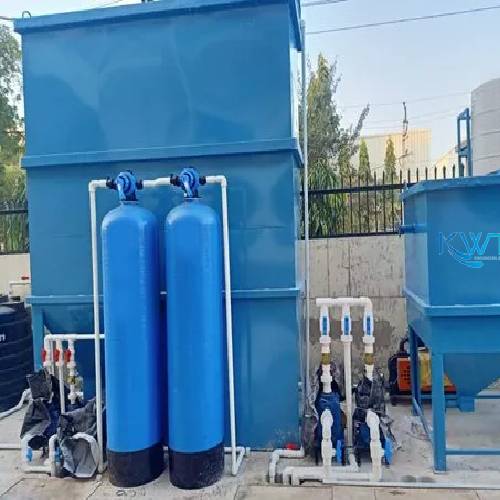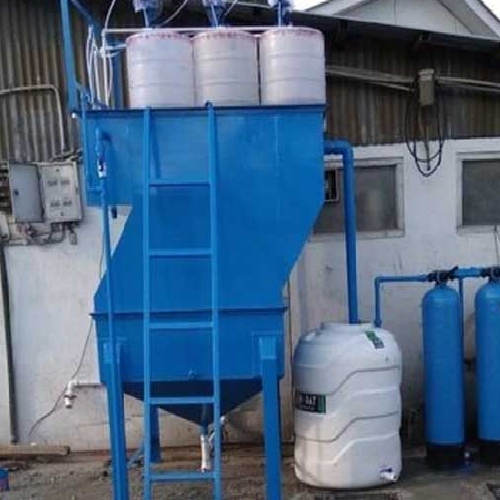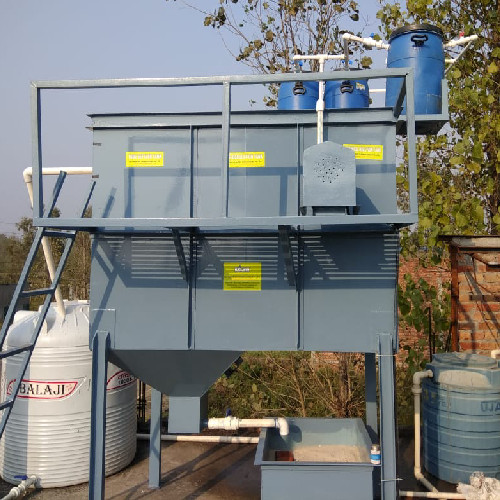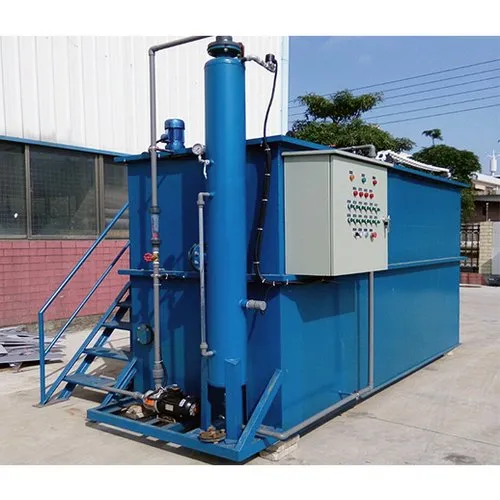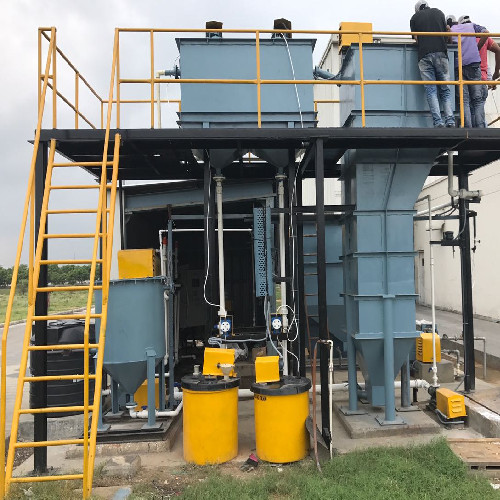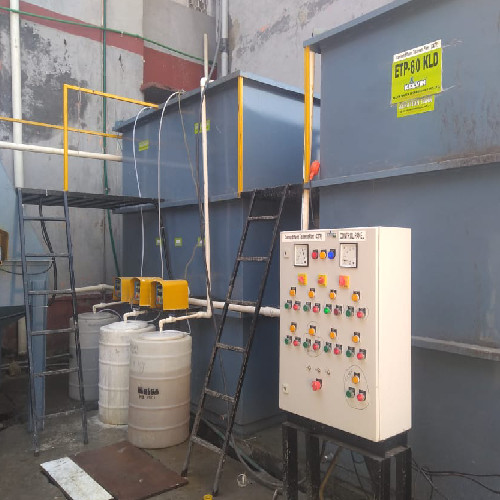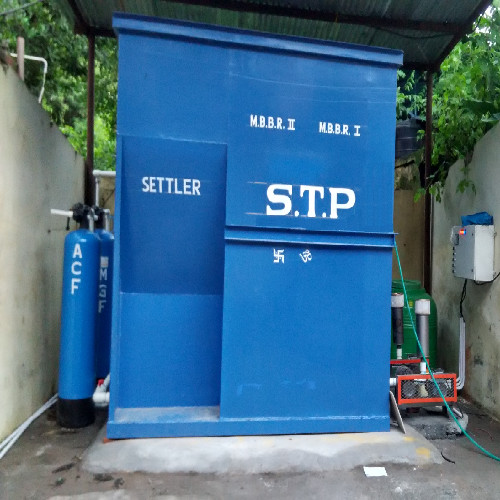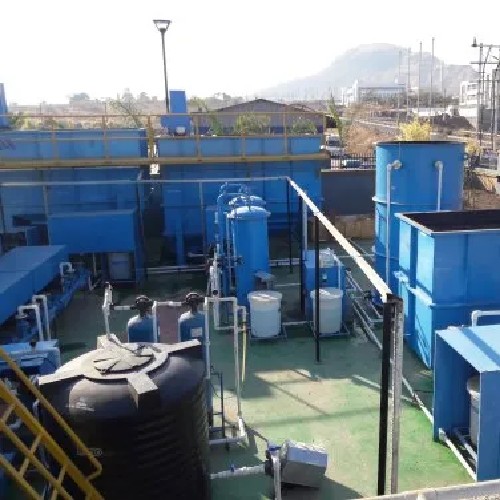Effluent Treatment Plant
About
ETP
Effluent Treatment Plant
An Effluent Treatment Plant (ETP) is a facility designed by Kelvin Water Technologies to process wastewater for the purpose of recycling and reuse or the safe disposal of the remaining waste material. This is usually done through a series of steps such as physical, chemical, biological, and/or thermal treatments. These plants are mainly designed to reduce the concentration of contaminants in wastewater to a level that is safe for discharge into the environment. With the process of filtering wastewater through an ETP, pollutants and contaminants can be removed or reduced, protecting public health and the environment.
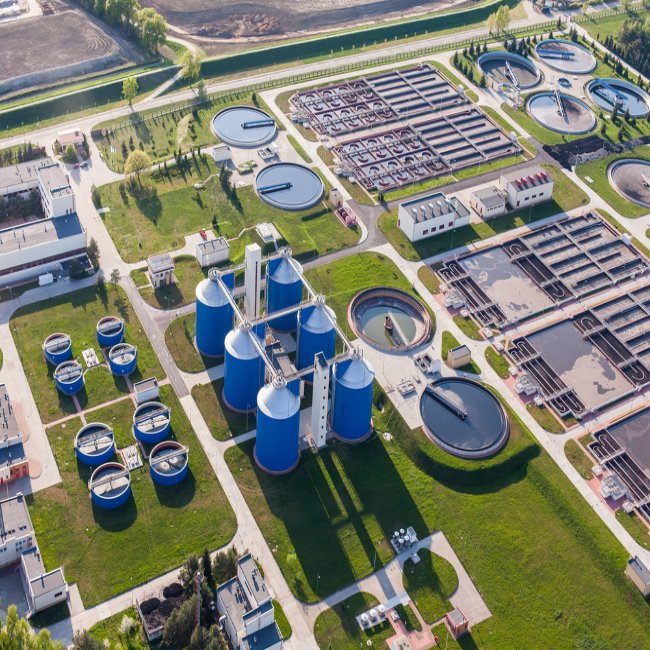
ETP
Objectives of ETP Plant
The primary objectives of an ETP are to reduce the levels of contaminants in wastewater, such as suspended solids, biochemical oxygen demand (BOD), and chemical oxygen demand (COD). This is accomplished by a combination of physical, chemical, and biological processes.
- Physical processes such as filtration, sedimentation, and flocculation are used to remove suspended solids from the wastewater.
- Chemical processes, on the other hand, involve the use of chemical reagents to break down complex molecules into simpler ones.
- Biological processes involve the use of bacteria and other microorganisms to break down organic matter into simpler, less toxic compounds.
Once the contaminants are reduced to acceptable levels, the treated effluent can be safely discharged into the environment. Some industries may also use the treated effluent for other purposes, such as irrigation, cooling, or industrial processes.
Process of ETP Plant:
- Collection of Wastewater: The first step in the process is the collection and transportation of raw wastewater to the ETP plant for treatment. This process is usually done with a series of pumps and pipes that carry the wastewater from various sources to the plant
- Screening: The raw wastewater is then screened to remove any large floating materials or debris such as plastics, rags, paper, wood, etc.
- Primary Treatment: The screened wastewater then goes through a primary treatment process, where the physical and chemical properties of the wastewater are altered. This includes the removal of suspended solids, oils, greases, etc.
- Secondary Treatment: The wastewater then passes through the secondary treatment stage, where biological treatment processes are employed to remove pollutants from the wastewater. This may include processes such as aeration, the activated sludge process, trickling filters, rotating biological contactors, etc. The goal of secondary treatment is to reduce the biological oxygen demand (BOD) and chemical oxygen demand (COD) in the wastewater
- Tertiary Treatment: The tertiary treatment processes involve the removal of nutrients and other pollutants from the wastewater. This may include processes such as reverse osmosis, ultrafiltration, ozonation, etc.
- Sludge Treatment: The sludge produced during the treatment process is then treated to reduce its volume and convert it into fertiliser or other useful products so that it can be safely discharged into natural water bodies.
7. Disposal: The treated wastewater is then discharged into the environment, while the sludge is disposed of according to regulations.
In summary, ETPs are used in industries that generate a large quantity of wastewater, such as textile, paper and pulp, food and beverage, chemical, pharmaceutical etc. They are also used by municipalities to treat wastewater prior to its discharge into rivers, lakes, and oceans. The main objective of plants is to remove pollutants from wastewater and ensure that the treated water meets environmental standards before it is discharged into the environment. This helps to minimize the impact of industrial activities on the environment and promote sustainable development. These plants are an essential component of responsible industrial practises and play a crucial role in protecting our natural resources for future generations.
Industries where ETP Plant use:
Textile Industry:
The textile industry generates a significant amount of wastewater during the dyeing and printing processes. The wastewater contains various chemicals, dyes, and suspended solids, which can be harmful to the environment if not treated properly. That is why ETP plants are used to remove these contaminants from the wastewater before it is discharged into the environment.
Paper and Pulp Industry:
The paper and pulp industry also generates a large volume of wastewater, which contains organic compounds, lignin, and other contaminants. These contaminants can cause oxygen depletion in bodies of water and harm aquatic life. To prevent this, the industry uses effluent treatment plants or methods, including aerobic and anaerobic treatment, coagulation, and filtration, to treat the wastewater
Chemical Industry:
The chemical industry generates a diverse range of wastewater streams that contain various organic and inorganic pollutants. ETPs are used to treat these wastewater streams and remove the contaminants to ensure that the discharged water meets the regulatory standards and does not harm the environment. Additionally, ETPs help reduce the water consumption of these industries by enabling them to recycle and reuse treated wastewater.
Food and Beverage Industry:
The food and beverage industry generates wastewater that contains organic matter, fats, oils, and grease. ETPs are used to remove these contaminants and ensure that the wastewater meets environmental standards before it is discharged. In addition, the use of ETPs in the food and beverage industry can also help to recover valuable by-products such as biogas, which can be used as a source of renewable energy. This not only reduces the environmental impact of the industry but also provides economic benefits.
Automobile Industry:
The automobile industry generates a large amount of wastewater that contains various contaminants such as oil, grease, metals, and other pollutants The use of ETPs in the automobile industry not only helps to reduce the environmental impact of the manufacturing process but also ensures compliance with regulatory standards for wastewater discharge. Additionally, implementing ETPs can lead to cost savings by reducing water consumption and minimising the need for expensive wastewater treatment.
Pharmaceutical Industry:
The pharmaceutical industry generates wastewater that contains high levels of organic matter, chemicals, and solvents. ETPs are used to treat this wastewater and remove the contaminants before it is discharged. These ETPs often use advanced technologies such as reverse osmosis and activated carbon filters to ensure that the wastewater is safe for the environment. The treated water can then be reused or discharged into surface water bodies without causing harm to aquatic life.

